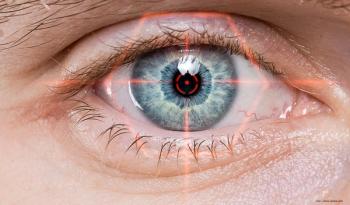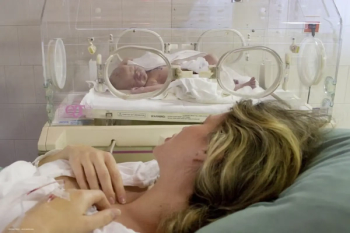
Ranibizumab long-term observational data presented
Long-term observational data presented at the 2014 European Society of Retina Specialists (EURETINA) conference support the safety and efficacy profile of the anti-vascular endothelial growth factor (anti-VEGF) agent ranibizumab (Lucentis, Novartis) for the treatment of appropriate patients across its indications
Long-term observational data presented at the 2014 European Society of Retina Specialists (EURETINA) conference support the safety and efficacy profile of the anti-vascular endothelial growth factor (anti-VEGF) agent ranibizumab (Lucentis, Novartis) for the treatment of appropriate patients across its indications.
Ranibizumab is licensed and approved by the National Institute for Health and Care Excellence (NICE) and the Scottish Medicines Consortium (SMC) across four ophthalmic indications: wet age-related macular degeneration (AMD), visual impairment caused by diabetic macular oedema (DME), visual impairment caused by macular oedema secondary to branch or central retinal vein occlusion (BRVO and CRVO), and visual impairment caused by choroidal neovascularization (CNV) secondary to pathological myopia. The data at EURETINA 2014 were presented by Novartis.
One-year follow-up data from 2,112 wet AMD patients enrolled in the LUMINOUS trial showed that wet AMD patients with prior ranibizumab treatment had better visual acuity and a lower central retinal thickness at baseline when compared to patients with no prior ranibizumab treatment.
At 12 months, wet AMD patients achieved good visual acuity outcomes, with patients who had prior ranibizumab treatment generally maintaining their higher level of baseline visual acuity (-1.1 letters) and the patients with no prior ranibizumab treatment gaining 4.1 letters. Patients experienced relatively low numbers of monitoring visits (approximately 7.5) and an average of 5.2 injections.
A second report including more than 10,000 patients enrolled in the LUMINOUS study also showed a higher mean baseline visual acuity in patients previously treated with ranibizumab compared to patients with no prior ranibizumab treatment across all indications:
- Wet AMD: 55.6 letters for prior treated patients; 46.4 letters for treatment-naïve patients
- DMO: 55.3 letters for prior treated patients; 40.8 letters for treatment-naïve patients
- BRVO: 52.9 letters for prior treated patients; 37.3 letters for treatment-naïve patients
- CRVO: 45.2 letters for prior treated patients; 38.9 letters for treatment-naïve patients.
"The new ranibizumab studies presented at EURETINA further support a wealth of data which is already available on the safety and efficacy of ranibizumab from clinical trials," said Frederic Guerard, managing director, UK and Ireland, Novartis Pharmaceuticals UK Ltd. "The ongoing LUMINOUS study will provide long-term observational data on ranibizumab from routine clinical practice across all of its licensed indications… and the information that the LUMINOUS study generates will enable clinicians to provide better care for their patients on a personalized basis and ultimately optimize outcomes."
Newsletter
Get the essential updates shaping the future of pharma manufacturing and compliance—subscribe today to Pharmaceutical Technology and never miss a breakthrough.












































